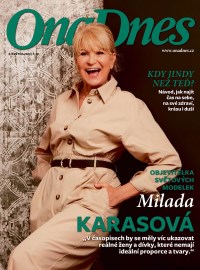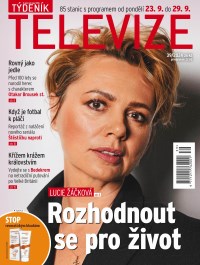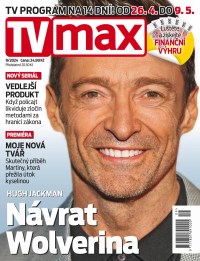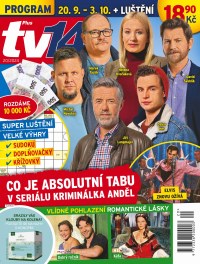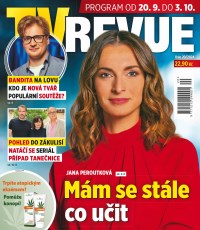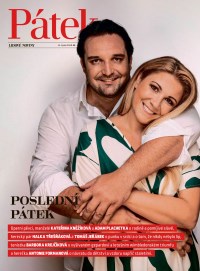QUIRKY SCIENCE
- 6. 12. 2024, 23:15

EP. 1. Mankind has been flying for over a century. As early as the 1500s Leonardo da Vinci tried to build a flying machine. Drawing inspiration from birds he gave it wings. Unfortunately, his ‘Ornithopter’ didn’t work, and indeed, the airplanes of today do not have flapping wings! We also tried it with balloons. Huge 245-metre long airships that needed the guts of between 80,000 to 200,000 cows! But, it was the kite that became the forerunner of the flying machine. A kite made by the now famous Wright brothers. The two brothers were bicycle repairmen, which convinced them that a flying machine could be highly unstable and yet controllable, such as with bicycles. They built their kites as strong as their bicycle frames and used bicycle parts to test their workings. The early Wright planes could manage no more than 65 km/h. Nowadays, a commercial plane can top 800 km/h. What is it that make our current planes fly 12 times faster? Well, one British Royal Air pilot, Frank Whittle, remembered his school experiments with the ‘Aeolipile’, a piece of ancient Greek engineering. This pilot argued that we could fly faster – if we’d fly higher - because there is less air resistance at high altitudes. The future of aviation has lead to Airbus’s A380, the largest passenger plane in the world as well as the scramjet built by NASA. So what will be the next quirky discovery for flight?
Hlavní zprávy

Když tvoří sehraný tandem. Asistentů ve školách přibývá, učitelé si pomoc chválí
Učitelé si pochvalují pomoc asistentů pedagoga, podle ministerstva školství jejich počty ale narůstají moc rychle, a tak se je snažilo zastropovat. Po kritice... celý článek

Al-Džazíra viní Švédy z násilného odebírání dětí. Nesmysl, ohrazují se
Švédsko se ocitá pod mezinárodním tlakem kvůli novým obviněním z násilného zadržování dětí, která jsou zachycená v dokumentárním seriálu Za zavřenými dveřmi.... celý článek

Autonehoda jí vzala ruku, ne naději. Na novou paži potřebuje Nela 1,7 milionu
Zavázat si tkaničky. Zapnout zip u bundy. Uvázat si culík. Namazat chleba. Naprosto běžné činnosti, které každý denně dělá. Nela Charchoňová z Ústí nad Labem... celý článek



